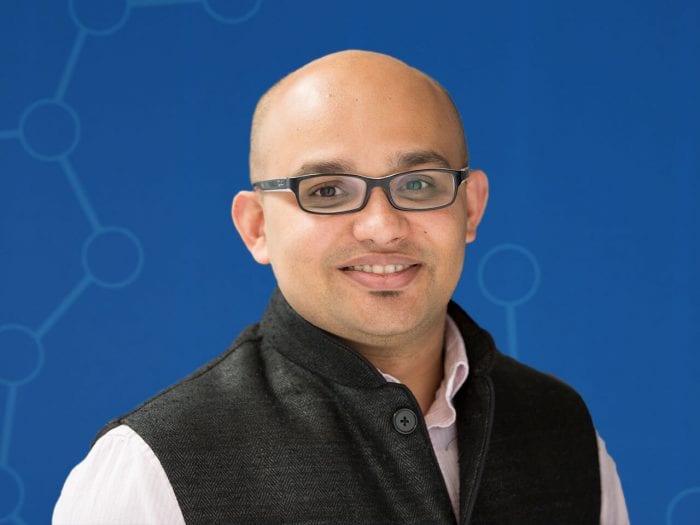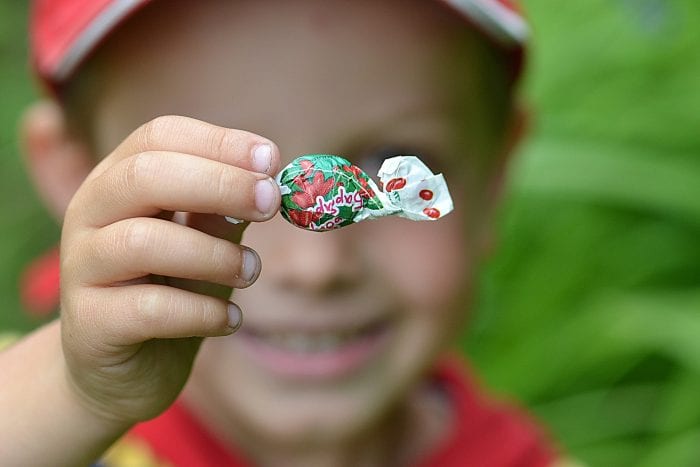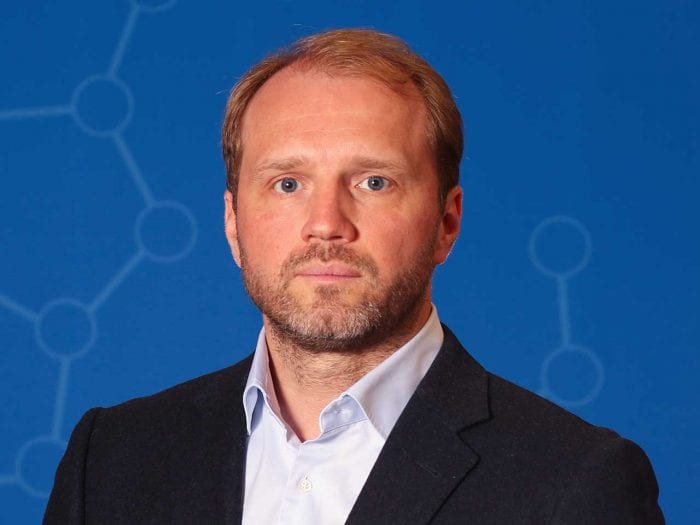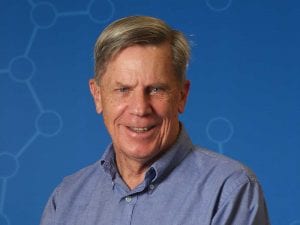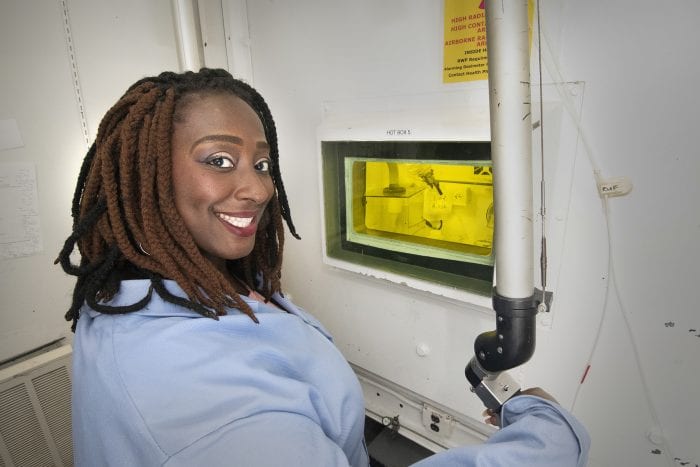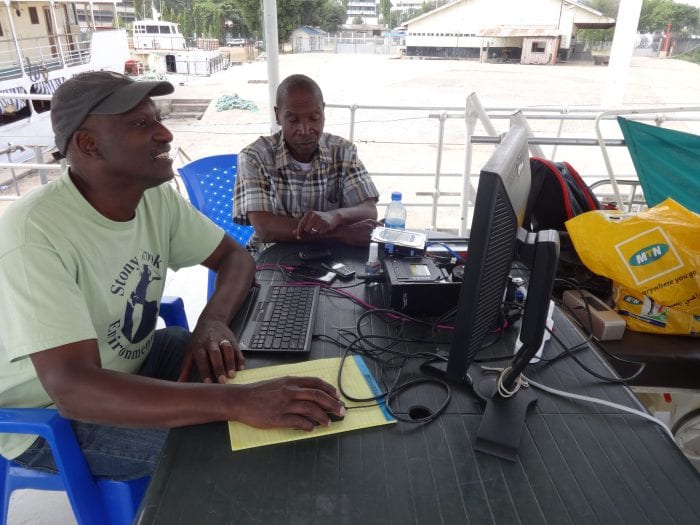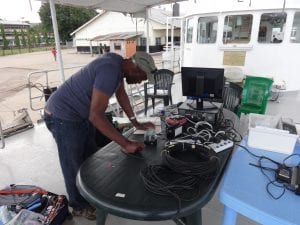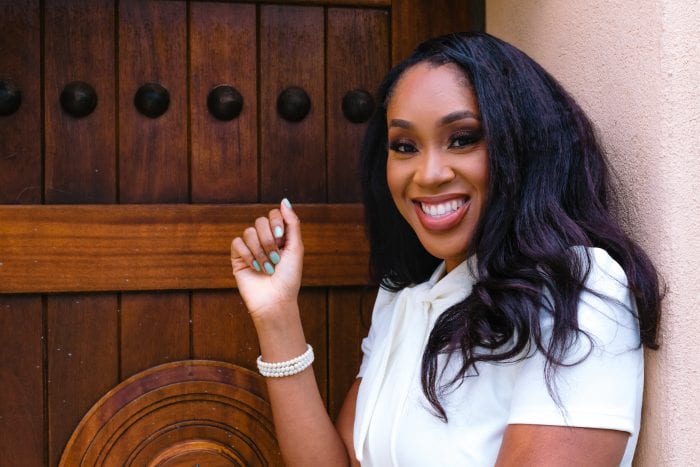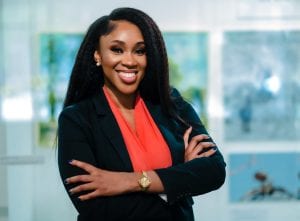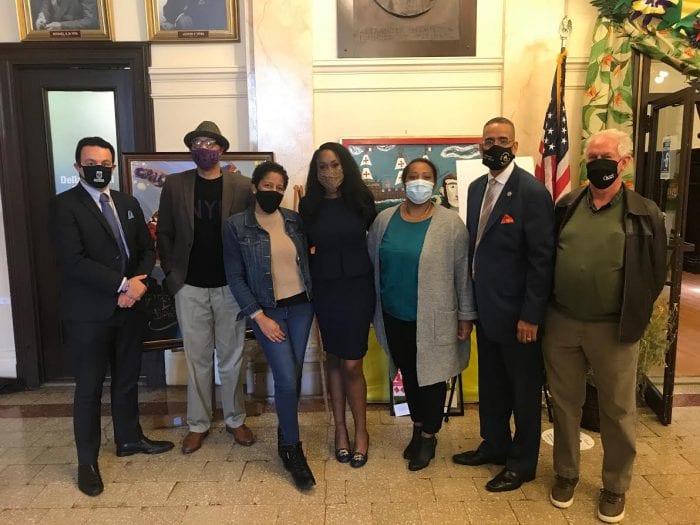By Daniel Dunaief
Arkarup Banerjee is coming back home to Cold Spring Harbor Laboratory. This time, instead of working on the olfactory system, the way he did in Associate Professor Dinu Florin Albeanu’s lab from 2010 to 2016, he is studying vocalizations in the Alston’s singing mouse, a Central American rodent.
Banerjee rejoined Cold Spring Harbor Laboratory in November after almost four years of post-doctoral work at NYU Langone Medical Center. He hopes to use the study of the way these mice react to songs and the way they formulate them to understand how signals from the brain lead to vocalizations.
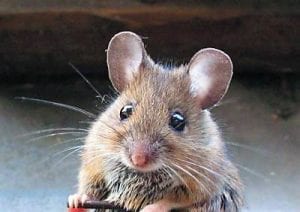
“The reason I decided to come back to Cold Spring Harbor Laboratory is not just because I did my PhD here,” said Banerjee, who is an assistant professor. “Neuroscience [at the lab] is amazing. I have fantastic colleagues. I expect to have lots of collaborations.” CSHL is one of his “top choices” in part because of the ability to interact with other researchers and to attend meetings and courses, he said.
To hear Albeanu tell it, CSHL’s colleagues appreciate the skill and determination Banerjee, whom Albeanu described as a “rare catch,” brings to the site.
“There was pretty much unanimous excitement about his vision for his research,” Albeanu said. “Pretty much everyone was in agreement that [hiring Banerjee] is a must.”
Fundamentally, Banerjee is interested in understanding how the brain computes information. In his new lab at CSHL, he wanted to study the natural behaviors that animals produce without having to teach them anything.
“That’s why my fascination arose in singing mice,” he said. “Nobody has to train them to vocalize.” He hopes to understand the neural circuits in the context of a natural behavior.
In the longer term, Banerjee is interested in contributing to the field of human communication. While numerous other creatures, such as birds, interact with each other vocally, singing from trees as they establish territorial dominance and soliciting mates through their songs, mice, which have cerebral cortexes, have brain architecture that is more similar to humans.
The Alston’s singing mice, which is found in the cloud forests of Costa Rica and Panama, is also different from numerous other species of mice. Many rodents produce vocalizations in the ultrasonic range. These animals can hear calls that are outside the range of human capacity to pick up such sounds.
The singing mice Banerjee is studying produces a stereotyped song that is audible to people. “These mice seem to specialize in this behavior,” he said. In neuroscience, scientists seek animals that are specialists with the hope that understanding that species will reveal how they work, he said.
Audible communications are important for male mice in attracting mates and in guarding their locations against other males. These lower-frequency sounds travel across greater distances.
Specifically, Banerjee would like to know the anatomical differences between the brains of typical rodents and the singing mice. He plans to probe “what kind of changes does it require for a new behavior to emerge during evolution.”
The songs have some value to the males who sing them. Females prefer males who sing more notes per unit time in a 10-second period.
In his experiments, Banerjee has demonstrated that the conventional view about one of the differences between humans and other vocalizing animals may not be accurate. Scientists had previously believed that other animals didn’t use their cortex to produce songs. Banerjee, however, showed that the motor cortex was important for vocal behaviors. Specifically, animals with temporarily inactivated cortexes could not participate in vocal interactions.
As a long term goal, Banerjee is also interested in the genetic sequence that makes the development of any anatomical or behavioral feature different in these singing mice. By using the gene editing tool CRISPR, which CSHL scientists employ regularly, Banerjee hopes to find specific genetic regions that lead to these unique behaviors.
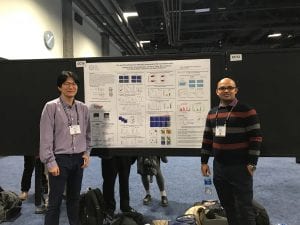
An extension of this research could apply to people with various communication challenges. Through studies of mice with different genetic sequences, Banerjee and other researchers can try to find genes that are necessary for more typical vocalizations. By figuring out the genetic differences, the CSHL scientist may one day discover what researchers could do to minimize these differences.
A resident of Mineola, Banerjee lives with his wife Sanchari Ghosh, who works at Cold Spring Harbor Laboratory press for the preprint service bioRxiv. The couple, who met in India, spend considerable time discussing their shared interest in neuroscience. Banerjee said his wife is a “much better writer” than he and has helped edit his manuscripts.
Banerjee is passionate about teaching and hopes he has a chance to educate more students once the pandemic recedes. Outside the lab, Banerjee shares an important quality with the mice he studies: he sings. He trained as a vocalist when he was growing up in India, and listens to a range of music.
Albeanu, who was teaching a course in Bangalore, India in 2009 when he met Banerjee, said it is a “pleasure to listen to [Banerjee] singing.”
Albeanu recalls how Banerjee stood out for many reasons when he first met him, including developing a way to modify a microscope.
As for his work, Banerjee hopes to understand behaviors like vocalizations from numerous perspectives. “We can seek explanations for all of these levels,” he said.
A neuroscientist by training, Banerjee would like to determine the connection between neural circuitry and the behavior it produces. “The understanding would be incomplete if I didn’t understand why this behavior is being generated.”

